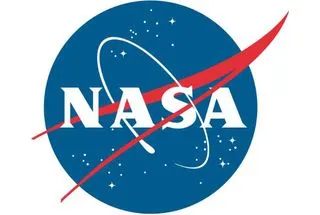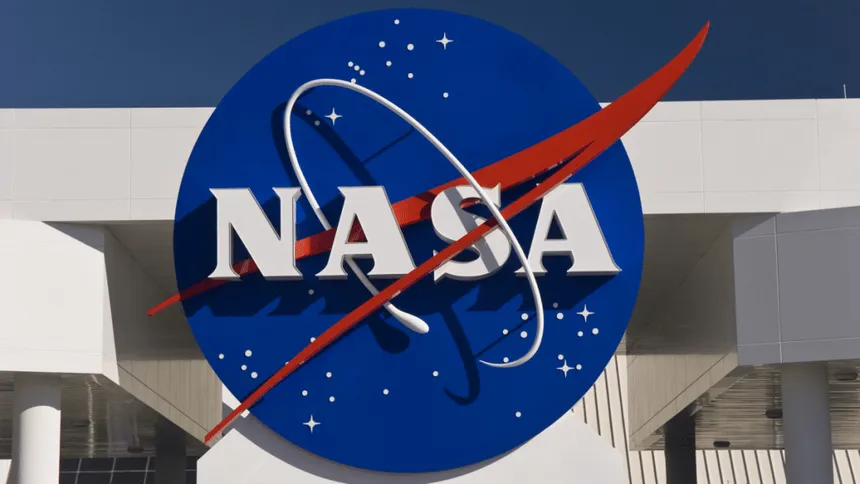As NASA and its partners prepare to send astronauts on extended lunar stays, they face a considerable challenge: the abrasive and sharp dust that is stirred up by spacecraft and rovers on the moon’s surface. This pesky dust has been a persistent problem for NASA since the Apollo era, clogging mechanisms, interfering with instruments, and even ripping apart spacesuits. The dusty terrain poses a significant threat to the success of future lunar missions, making it essential to develop a solution to mitigate its effects.
Engineers are working diligently to develop a solution to this problem, proposing to create paved surfaces on the moon using laser beams. The plan is to harness the power of laser beams to craft triangular, hollow-centered geometric shapes that can be connected to form a solid, smooth surface across vast expanses of lunar soil. The resulting material is described as brittle and glasslike, but it’s designed to withstand downward compression forces, rendering repairs unnecessary if it sustains any cracks.
In earth-based tests, engineers are using simulated moon dust to create glassy solid surfaces. The process involves using a laser beam to heat up the dust until it melts, then rapidly cooling it to form a solid surface. This method has been successful in creating durable and smooth surfaces, which can withstand the harsh conditions of the moon. The team estimates that it would take approximately 115 days to complete this task, making it a feasible option for future lunar missions.
The development of this paving technology is crucial for the Artemis mission’s ambitious objective of establishing a sustainable human presence on the moon. Anything that can contain the dust and provide a stable surface will be a welcome improvement. The idea of building roads on the moon may seem like science fiction, but it’s a necessary step towards establishing a permanent human presence on the lunar surface.

NASA’s Bold Plan: Laser-Crafted Paved Surfaces to Combat Lunar Dust Challenges
The challenge of creating a dust-free surface on the moon is not an easy one. The moon’s surface is characterized by dust and debris, which is stirred up by the movements of spacecraft and rovers. This dust is incredibly abrasive and can damage equipment and even hurt astronauts. The paving technology being developed by NASA and its partners aims to create a surface that can withstand these harsh conditions, providing a safer and more controlled environment for exploration.
The success of the paving technology will depend on a number of factors, including the effectiveness of the laser beams, the quality of the materials used, and the ability to withstand the harsh conditions of the moon. Engineers are working tirelessly to refine and develop the technology, ultimately aiming to create a safe and sustainable environment for astronauts on the moon.
The European Space Agency’s phrase, “Where we’re going, we DO need roads,” aptly captures the essence of this groundbreaking project. The development of paved surfaces on the moon is a significant step towards establishing a permanent human presence on the lunar surface. It’s a challenging task, but one that is essential for the success of future lunar missions. As NASA and its partners press forward with their plans, they will likely uncover more innovative solutions to the challenges posed by the moon’s harsh environment. For now, engineers will continue to refine and develop the paving technology, ultimately aiming to create a safe and sustainable environment for astronauts on the moon.









































